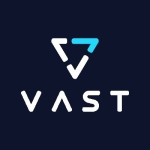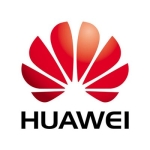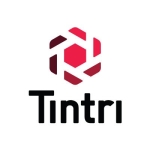EMC (@EMCflash) today announced some new, enhanced, renamed and a rebrand flash solid-state device (SSD) storage portfolio around theme of XtremIO. XtremIO was the startup company with a new all flash SSD storage array that EMC announced they were buying in May 2012.
Since that announcement, Project “X” has been used when referring to the product now known as XtremIO (e.g. all flash new storage array).
Synopsis of announcement
- Product rollout and selective availability of the new all flash SSD array XtremIO
- Rename server-side PCIe ssd flash cards from VFCache to XtremSF
- New XtremSF models including enhanced multi-level cell (eMLC) with larger capacities
- Rename VFCache caching software to XtremSW (enables cache mode vs. target mode)
What was previously announced:
-Buying the company XtremeIO
-Productizing the new all flash array as part of Project “X”
-It would formally announce the new product in 2013 (which is now)
- VFCache and later enhancements during 2012.
Overall, I give an Atta boy and Atta girl to the EMC crew for a Product Defined Announcement (PDA) extending their flash portfolio to complement their different customers and prospects various environment needs. Now let us sit back and watch EMC, NetApp and others step up their flash dance moves to see who will out flash the others in the eXtreme flash games, including software defined storage, software defined data centers, software defined flash, and software defined cache.
Some updates:
http://storageioblog.com/emc-announces-xtremio-general-availability-part/











